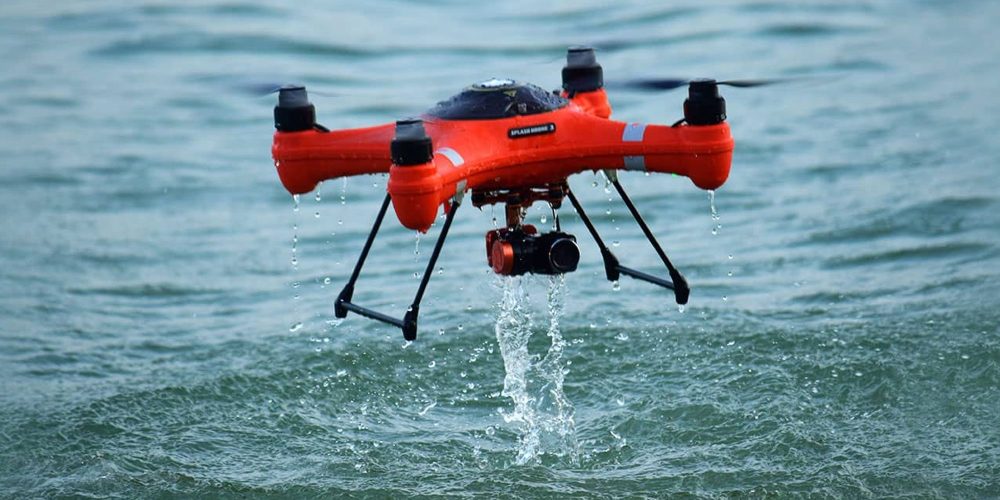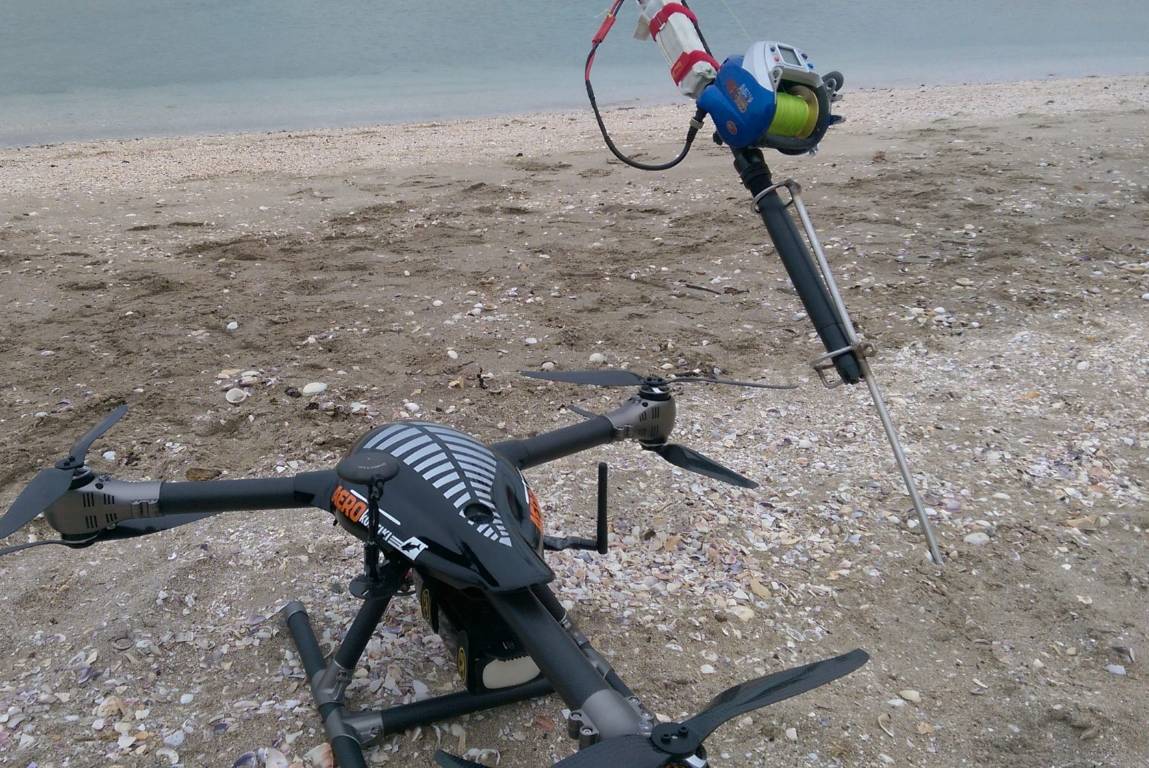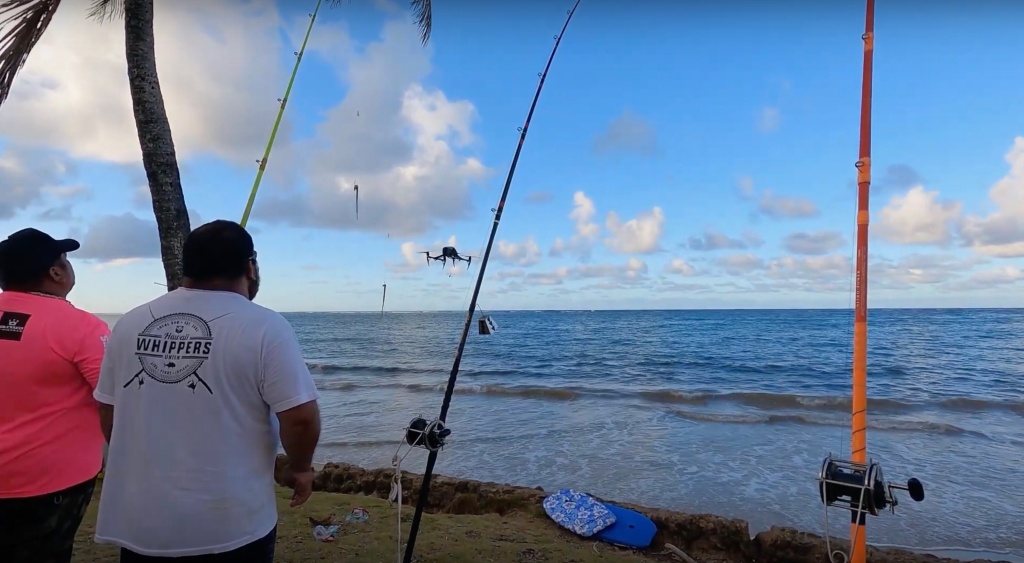
If you are thinking of using a drone to catch fish, it is worth learning more about the regulations. Watch instructional videos about how to fly drones to catch fish. If you are concerned about drone ethics, please read our article. We will be covering some ethical concerns surrounding the use of drones to fish. Also, don't miss our drone fishing gear guide.
Regulations on drone fishing
While watching a video of drone fishing for tuna on YouTube, you may wonder what the regulations are. There are many reasons to comply with local laws. But safety is the most important concern. In order to safeguard both you and your fish's lives, it is crucial to ensure that the right laws are followed. In this article we will cover some of the most important rules and make sure you follow them. Remember to adhere to the International Game Fish Association's rules.
Drones cannot fly over public areas such as sporting events or stadiums. They cannot be within 50 feet of any sporting event or carry weapons. In addition, drone operators must have sight of their aerial equipment at all times. Drones must not fly over stadiums or other critical infrastructure. They also cannot distract emergency vehicles. If you are unsure about the rules for fishing with a drone, consult an attorney.

While drone law has been adopted in many states, not all states have. Recently, SB 2167 was passed in Illinois. This bill prohibits drones from being used in state parks, without permission. It also outlines privacy rights and the rules that must be followed by commercial and recreational drone operators. It also prohibits drones interfering in hunting and other wildlife. These new laws are expected in a few decades.
Ethical concerns about drone fishing
Drone fishing is not without controversy. Some companies sell underwater robots that can catch fish. The video content of these drones often contains the actual fishing process, which is remarkably similar to casting a line to a fish. However, the method of pulling a fish out of the water is somewhat different. Those who are ethically concerned about this type of fishing may want to look elsewhere for their entertainment.
Although drones are a great way to fish, some argue that they could be cheating the fishermen. The sport of fishing has not changed significantly over the millennia. However, using drones to catch fish could change that and reduce the thrill of it. Drones can also pose a threat to conservation. These are the ethical considerations to consider before you use a drone to fish.

First, drone fishing may not be the best option. Drone fishing could be dangerous to the environment and can overfish endangered species. Some states allow drones to be used for recreational fishing. Others do not. Drone fishing is not without its limitations. Cheap drones might lack the GPS functionality, lifting capabilities, or control range needed. Second, drone fishing can lead to loss of fish if line tangles occur. Finally, there are issues with piloting.
FAQ
What law applies to drones that fly over private property?
Recently, the FAA issued new rules regarding commercial drone flight. These rules do not apply to UAVs under 55 pounds or flying at less than 400 feet above sea level. Commercial operators must register with the FAA and obtain a license from the agency. Local authorities must also approve them if they are operating near airports or in other restricted areas.
Which US states make drones legal?
You can legally fly a drone for personal use. The Federal Aviation Administration (FAA), established guidelines that allow individuals to fly small unmanned aircraft systems. These UASs must be registered with the FAA before they can be flown. These UASs can also be flown by commercial operators if they are allowed to fly under certain conditions.
Is it possible to spy on someone with a drone?
Anyone can spy on you with a drone. It is important to be aware of drones and to avoid any areas they may fly. Call 911 immediately if you spot a drone flying about.
Is it possible to fly a helicopter while driving?
Drone flying at high speed is dangerous. You could also hit pedestrians and animals. In addition, you could damage your car by hitting power lines, trees, or buildings.
Statistics
- According to Indeed, a drone pilot gets paid $25.73 per hour on average in the US. (dronesgator.com)
- According to industry research from ZipRecruiter , there are 10 cities where the typical salary for a Drone Pilot job is above the national average. (dronesgator.com)
- Research and Markets predict a growth rate of 51.1% over the next five years. (thedroneu.com)
External Links
How To
How To Fly Drones For Beginners
A drone refers to a remote-controlled aircraft designed for aerial photography, surveillance and scientific research. Drone technology has existed since World War II. DJI's Phantom quadcopters became commercially available in 2010. From beginner-friendly drones such as Parrot AR Drone 2.0 through professional-grade multirotor craft like DJI Mavic Pro, many types have been available.
You can fly a drone in many different ways, including:
-
Remote control – This technique uses a control device attached directly to your hands that allows you steer the drone around its flight path. There are two main types: Joysticks (like a radio), and On/Off switches (like an alarm clock).
-
Manual Control – This allows remote operation of the drone via GPS coordinates using a smartphone application. Follow the instructions of the app to track the exact location you want the drone go.
-
Autonomous Flight: This means that the drone will take care of all the piloting. It's basically flying autonomously without any human intervention. A drone must have a builtin camera and sensors capable to capture images and other data.
-
Triggered Flying - This method works in the same way as manual control. However, the pilot has to manually set up a route for the drone and it follows that route until reaching the endpoint. Once the programmed route is completed, the drone lands automatically and returns back to the base.
-
Landing Gear - Some drones come equipped with landing gear that allows them to land safely if they lose power or run out of battery during flight.
-
Goggles – Pilots often wear goggles while flying to keep themselves safe from any debris.
-
Camera - Some drones can be equipped with cameras which enable you to capture photos from the sky.
-
Obstacles: Some drones are equipped with obstacle avoidance systems to prevent them from hitting obstacles.
-
Speed - Some drones reach speeds exceeding 40 mph.
-
Battery Life - Most drones can last between 20 minutes to 3 hours, depending on how much power you're using.
-
Some drones have a range of up to 30 miles, depending on their model.
-
Power source - Some drones need an external power source, while others use internal batteries.
-
Weight - Some drones weigh less than 1 pound, whereas other models weigh up to 4 pounds.
-
Size - From small drones that can be carried in the palm of one's hand to larger drones that weigh over 50 pounds, drones come in a variety of sizes.
-
Price - High-end drones can go for thousands of dollars, while low-cost models start at $100.